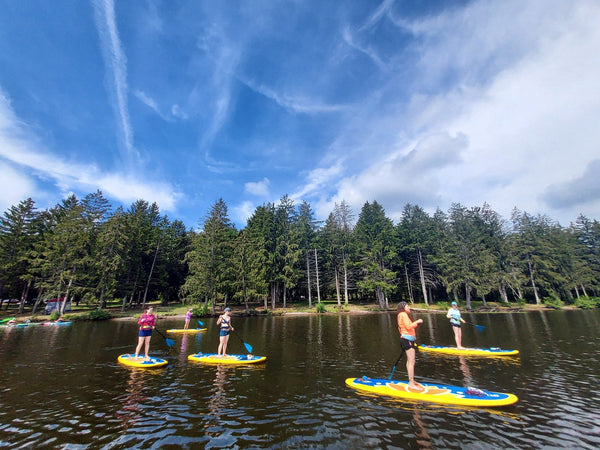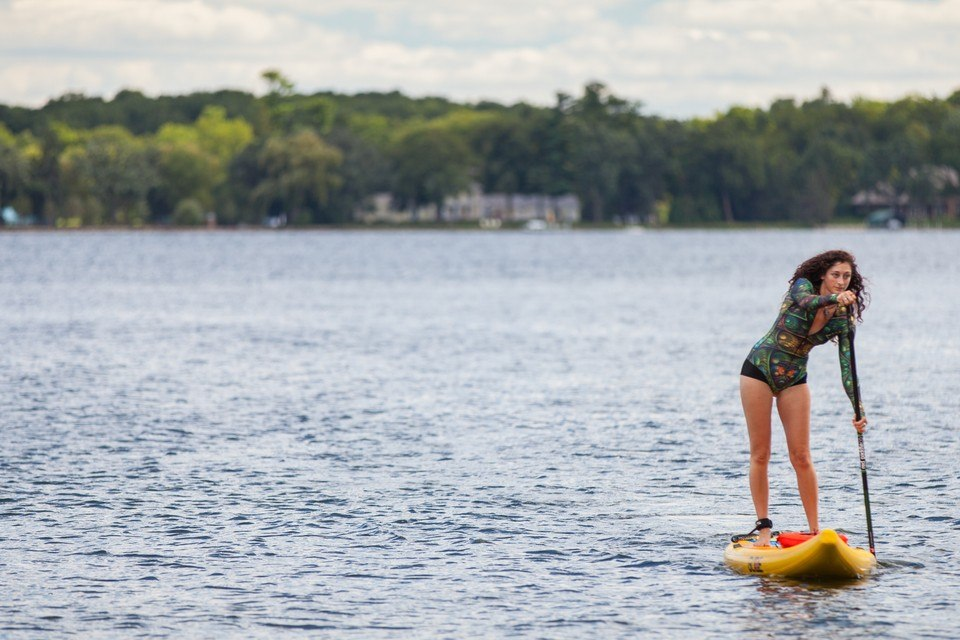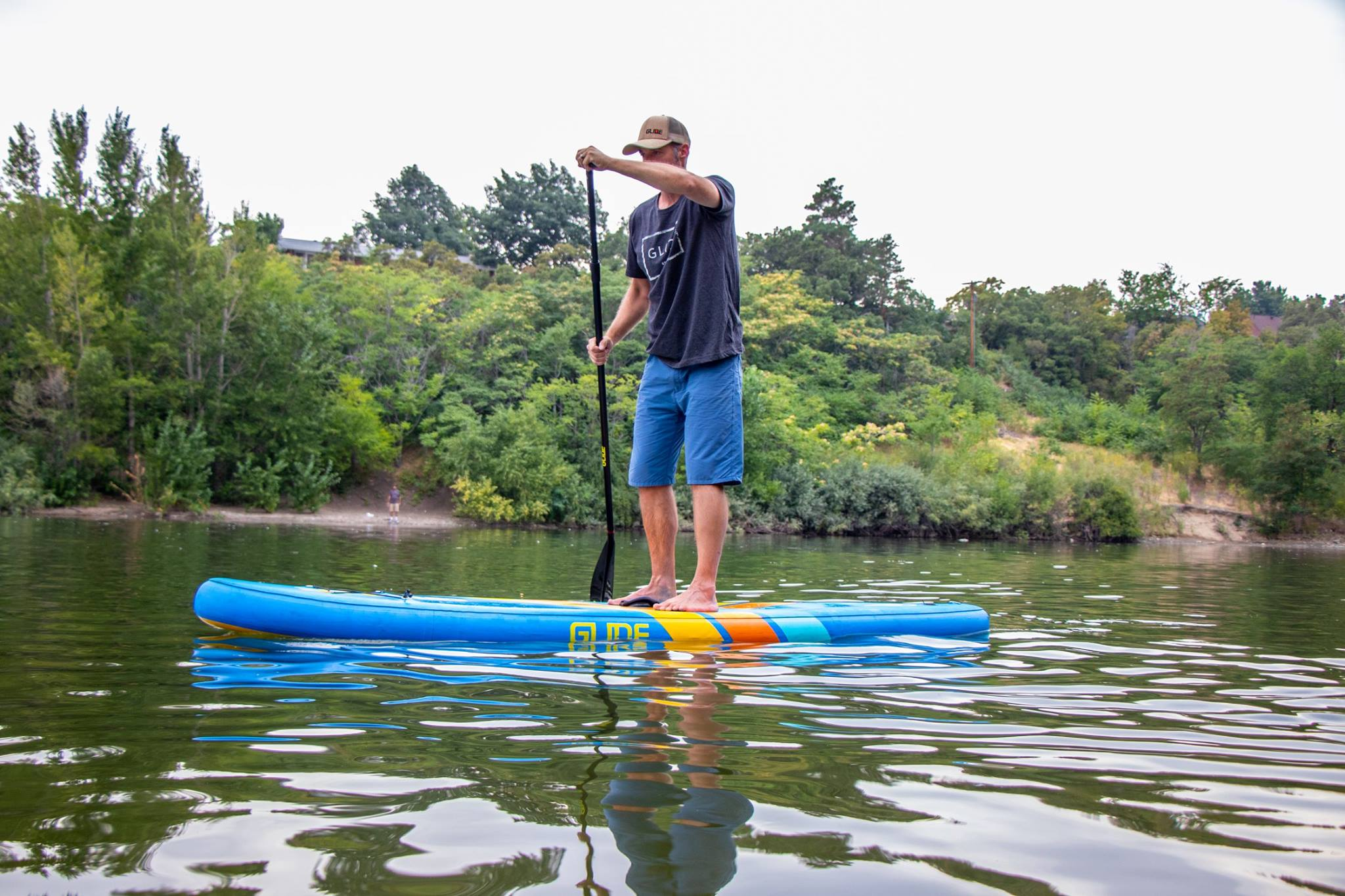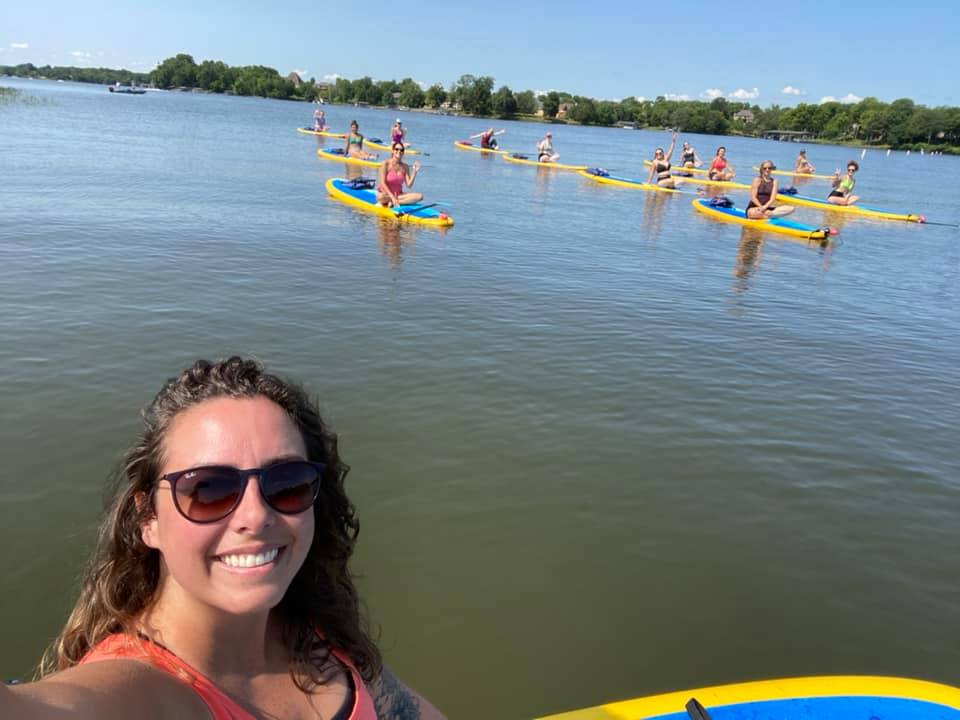
The Art and Science of Stand Up Paddle Boarding: Achieving Balance and Stability
We break down both the art and science of stand up paddle boarding.
Introduction: The Thrill of Paddle Boarding
At Glide SUP, we're not just passionate about creating high-quality paddle boards; we're enthusiasts of the adventure and serenity that stand up paddle boarding (SUP) offers. This sport has gained immense popularity, not only for its fun and relaxing nature but also as a fantastic way to stay fit. Achieving balance and stability on your paddle board is crucial, and we're here to delve into the art and science that make this possible. Join us as we explore how to enhance your SUP experience, making every glide on the water smoother and more enjoyable.

Core Strength: The Foundation of SUP
Core strength isn't just a buzzword at Glide SUP; it's the cornerstone of an exceptional stand up paddle boarding experience. A strong core transcends beyond mere physical aesthetics; it's about stability and balance on the water. Studies underscore the importance of core strength in SUP, illustrating how it directly influences your balance and overall performance on our boards.
Proprioception: Your Sixth Sense on the Water
Proprioception, or the awareness of your body in space, plays a pivotal role in maintaining balance on a SUP. Experienced paddlers have honed this sense, allowing them to navigate waters with grace and stability. At Glide, we encourage practices that enhance this inner balance, making your paddle boarding journey as seamless as possible.
The Glide SUP Difference: Board Design for Ultimate Stability
Choosing the right paddle board is paramount, and at Glide SUP, we've mastered the craft. Our boards are designed with stability in mind, incorporating a perfect balance of width and length to suit both beginners and seasoned paddlers. From planing hulls ideal for SUP yoga to displacement hulls for the adventurers at heart, our designs ensure you find your balance and maintain it.
Tips for Enhancing Your Balance and Stability

- Choose the Right Board: Start your journey with a board that matches your level and ambition. Glide SUP boards are tailored to provide the best stability and performance based on your needs.
- Perfect Your Stance: A proper stance is your secret weapon for balance. With feet shoulder-width apart and knees slightly bent, you're ready to conquer the water.
- Engage Your Core: Your core is your center of stability. Engaging it not only helps in maintaining balance but also enhances your paddling strength.
- Breathe and Relax: The rhythm of your breath can guide your balance. Deep, steady breathing keeps you calm and centered, even on the choppiest of waters.
- Keep Your Eyes on the Horizon: Your focus determines your balance. By keeping your gaze forward, you align your body and mind, making balancing second nature.
- Incorporate Yoga and Pilates: Enhance your balance and core strength off the board to see significant improvements on the water.
-
Practice on Unsteady Surfaces: Off-water balance training can significantly improve your on-water stability, making every paddleboarding session with Glide SUP an exhilarating experience.

Conclusion: Your Journey to SUP Mastery with Glide
Understanding the nuances of balance and stability in stand up paddle boarding enriches your experience, turning every session into an opportunity for growth and enjoyment. At Glide SUP, we're committed to not only providing you with the best paddle boards on the market but also empowering you with the knowledge and skills to explore the waterways with confidence and grace. Join us on this journey, and let's make every paddle an adventure.
If you're interested in learning more about paddle boarding, check out these related articles:
-
The Ultimate Guide to Inflatable Paddle Boards: Everything You Need to Know
-
Experience All of the SUP Disciplines with an Inflatable Stand Up Paddle Board
And don't forget to check out our high-quality inflatable paddle boards to enhance your paddle boarding experience.


